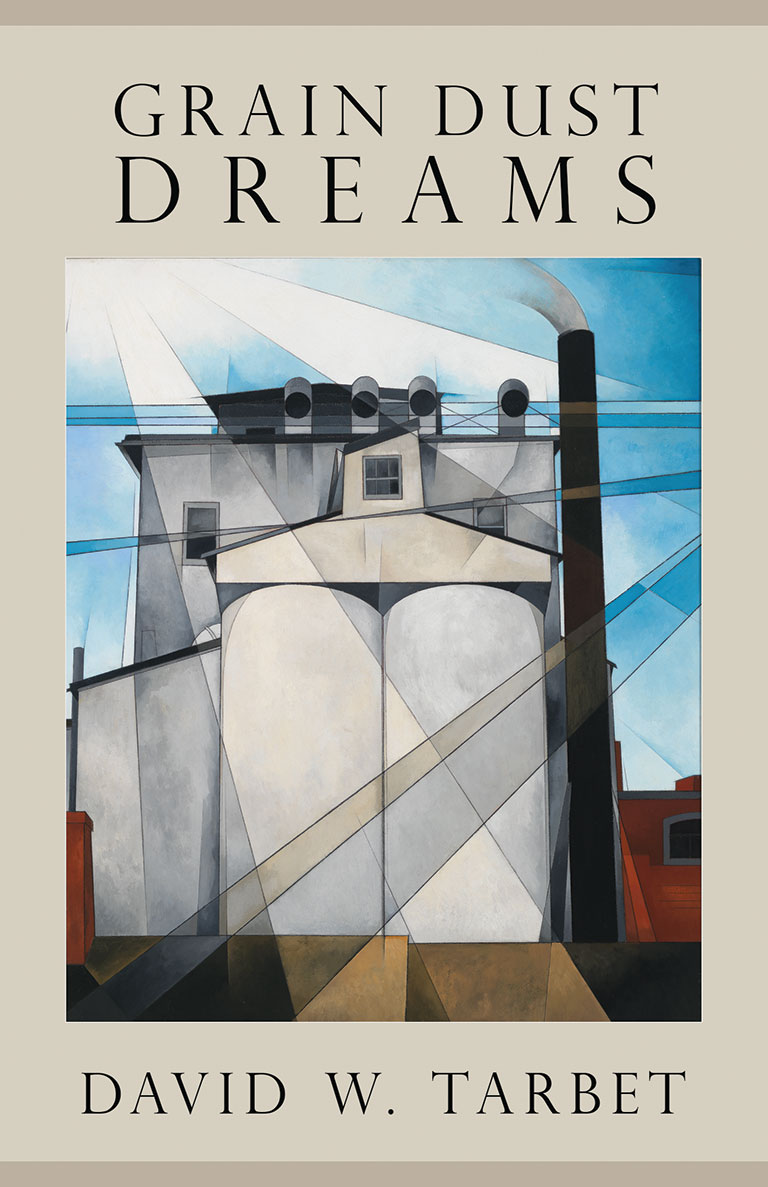Grain Dust Dreams

Grain Dust Dreams
by David W. Tarbet
Excelsior Editions,
121 pages, $22.50
David W. Tarbet has written a fascinating book about the rise of the great grain elevators, first in Buffalo, New York, and then at Thunder Bay, Ontario. At a young age, Tarbet followed his father by working inside the Thunder Bay elevators. But only later, after working as a university professor in Buffalo, did he come to study their history.
Trade routes and the geography of shipping grain resulted in the far-apart Great Lakes cities being home to numerous massive terminals. Scottish-born Canadian engineer Robert Dunbar helped Buffalo merchant Joseph Dart erect a large grain elevator in the 1840s, before overseeing the building of many others in Canada and Europe. Then, beginning in the 1880s, railways built several towering elevators in the Thunder Bay area. By the onset of the Second World War it had the world’s largest grain storage capacity.
“Elevators make you feel small,” Tarbet writes. “The bins may be only ten or twelve stories high, but they stretch upward without interruption in domidominating concrete columns that make them appear much taller than other buildings of the same height.”
Reinforced concrete became their preferred material in part because of its resistance to fire. Continuous-pour, slip-form construction allowed the building of the tall, sturdy bins whose shapes influenced twentieth- century European architecture. According to Tarbet, “When modernist architects looked at a grain elevator, they saw a building whose form was perfectly suited to what they thought of as its function.”
Along with the challenges of working amidst the dust and noise of a large terminal elevator, fire and explosions have always been a serious threat in grain handling. The Thunder Bay area has seen its share of calamities, including a huge 1945 explosion that killed or injured dozens of workers.
Tarbet also tells of the history of labour unrest — including a tumultuous 1909 grievance that resulted in a bloody clash between striking workers and CPR police, before the military was called in — as well as efforts today to revitalize disused elevators and to see them gain historic designation.
Themes associated with this article
Advertisement




